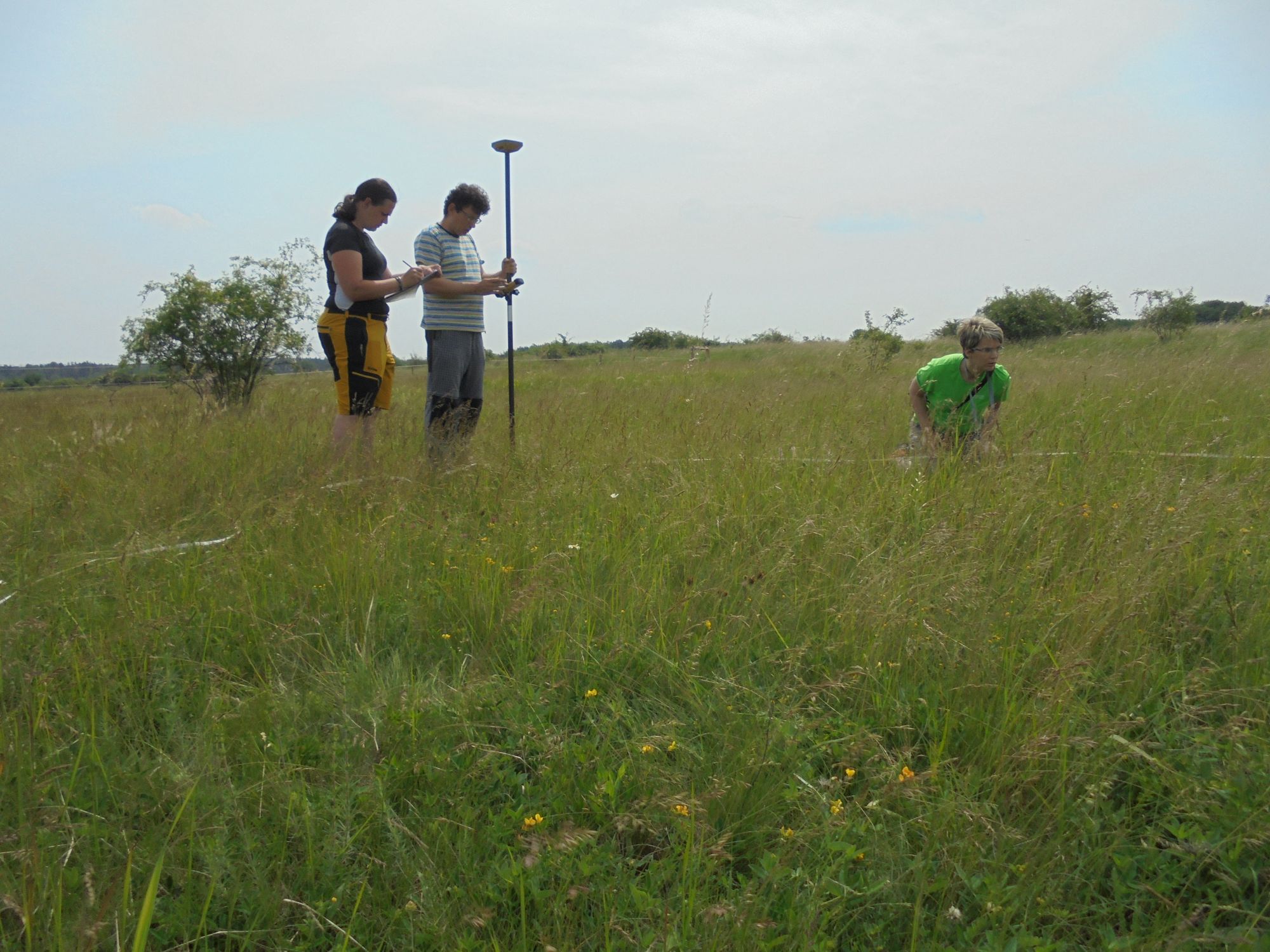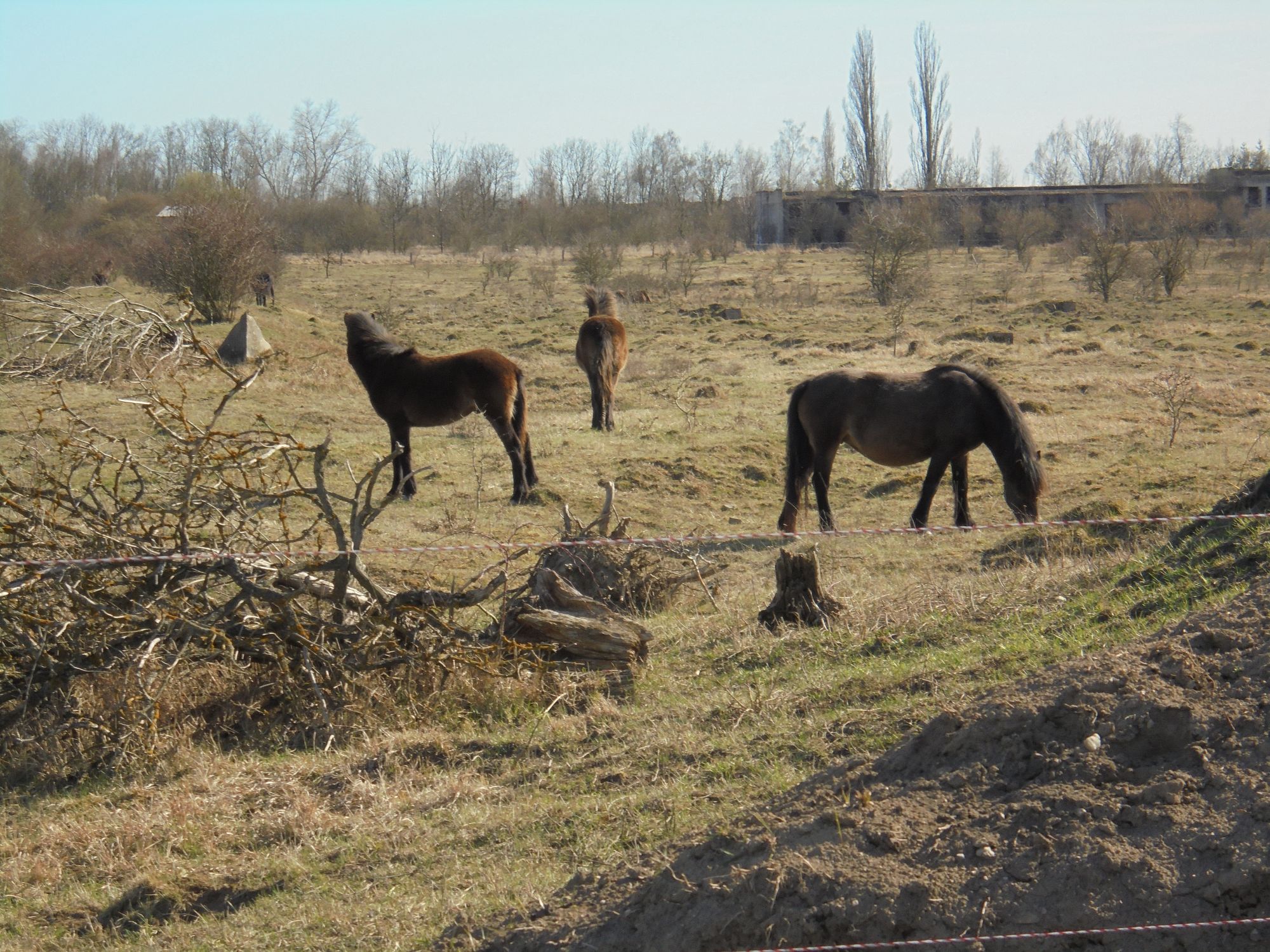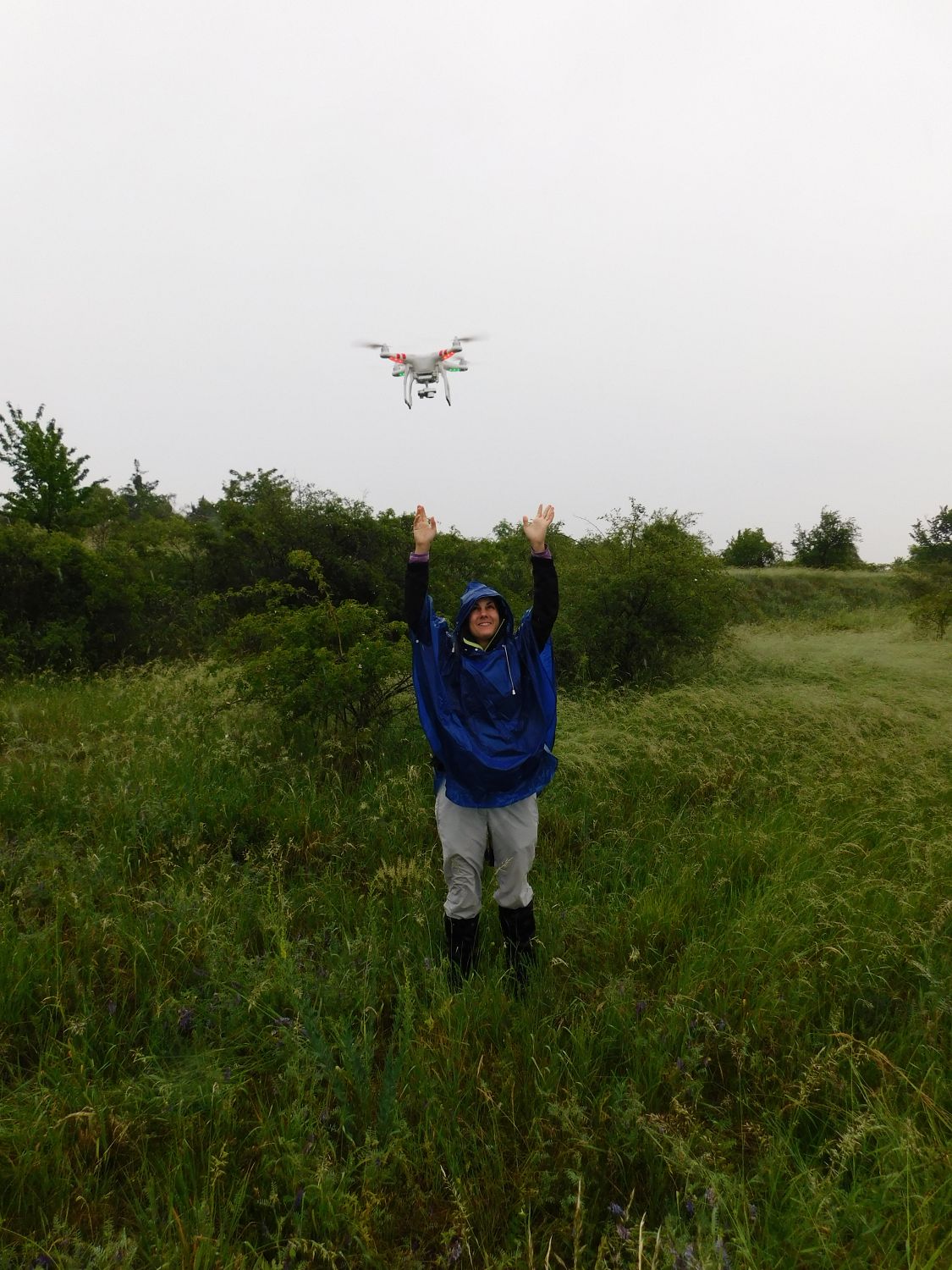Grazing of large herbivores
 Abandoned military areas in the Czech Republic are gradually being overgrown by vegetation causing a decline of a number of rare species of plants and animals which are typical of large-scale oligotrophic open habitats. To preserve these species, it is appropriate to slow down or block the process of succession, i.e. overgrowth by woody species, and create a variable and dynamic mosaic. Such conditions were created by the activities of the army. After its departure it is necessary to find an alternative way of landscape management, which represents a combination of various interventions. Grazing of large herbivores proved to be a good measure.
Abandoned military areas in the Czech Republic are gradually being overgrown by vegetation causing a decline of a number of rare species of plants and animals which are typical of large-scale oligotrophic open habitats. To preserve these species, it is appropriate to slow down or block the process of succession, i.e. overgrowth by woody species, and create a variable and dynamic mosaic. Such conditions were created by the activities of the army. After its departure it is necessary to find an alternative way of landscape management, which represents a combination of various interventions. Grazing of large herbivores proved to be a good measure.
Wild Exmoor ponies, in some places in combination with aurochs and European bisons, are gradually released in the former military area Milovice and in the Protected Landscape Area Podyjí at the Mašovická střelnice and Havraníky heathland. For thousands of years, the presence of large herbivores has been a source of many minor disturbances that have maintained a fine landscape mosaic. Such an extensive grazing promotes the diversity of habitats and hence suitable conditions for many organisms. This kind of grazing is in direct contrast to intensive grazing, which prevails in the present landscape and leads to homogenization of the environment and the retreat of many species.
Experimental plots were established in both areas grazed by large herbivores. It allow us to assess the effect of grazing on target plant species, i.e. the return and spread of flowering herbs and the suppression of undesirable ruderal species and competitive-strong grasses. Evaluation of the rate of regeneration of degraded stands towards valuable dry grasslands and retreat of trees is also one of the aims of the research.


